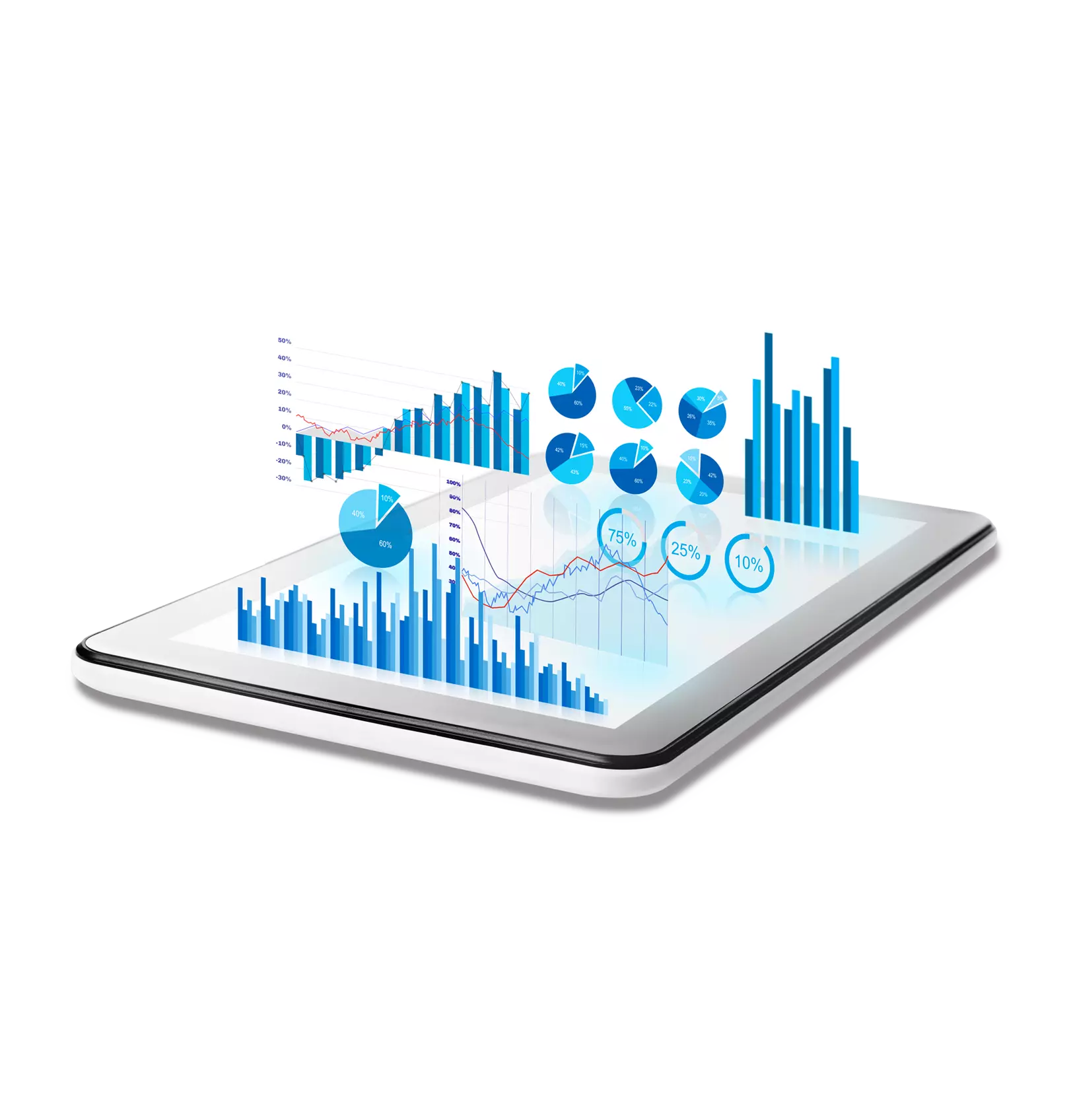Featured in this post
The ERP Implementation Journey: From Selection to Go-Live, Part 2
The ERP Implementation Journey: From Selection to Go-Live, Part 2
Apr 1, 2024
 Aptean Staff Writer
Aptean Staff Writer 
“Many years ago, before my hair was gray, I implemented the first ERP application before it was even called ERP,” said Jack Payne, Vice President, Product Management & Solutions Consulting for food and beverage at Aptean, during our recent webinar The ERP Journey: Keys for a Successful Implementation, from Selection to Go-Live. “And one of the biggest benefits we achieved was reducing overtime to almost nothing.”
The ultimate objective for food and beverage manufacturers, processors and distributors in the implementation of enterprise resource planning (ERP) software is to streamline processes and increase operational efficiency. The key lies in discerning the nuanced strategies required to effectively navigate the exciting yet complex ERP implementation process.
The first part of our recap, from the aforementioned webinar, focused on the key steps prior to implementation including understanding the need for a new ERP, convincing stakeholders, evaluating solution options and then choosing an industry-specific vendor offering a flexible cloud deployment.
In this second installment, Payne and Yorck Haase, IT Director at spices and stock manufacturer R.L. Schreiber, walk us through the remaining steps on how to achieve success in implementing ERP, including setting expectations, creating a timeline, migrating data, conducting testing, choosing an implementation approach and realizing the benefits of an ERP.
1. Setting Expectations with Key Performance Indicators (KPIs)
Before undergoing a digital transformation through the implementation of an ERP it’s important to establish what the expected results will be so that progress can be measured. To understand the impact of a new ERP on a company, Haase suggests establishing key performance indicators and metrics as part of implementation planning, as he did at R.L. Schreiber.
“Now you have something to show as the tangible results of your upgrade.” said Haase. By having those benchmarks, companies can see if there are improvements in the new system compared with the old one.
Depending on the project’s complexity, some companies may establish KPIs themselves or hire an external consultant, depending on their comfort level and budget.
3. Preparing for Data Migration: Challenge Your Processes
Prioritizing data migration is essential for the success of ERP implementation, as it’s vital for a smooth transition from the legacy system to the new environment.
Haase said migration could take time, depending on the volume of data and the amount of cleanup that needs to be done. “If your data is super clean, chances are that may go a little quicker,” he said.
Data migration may not be a problem for new companies that don’t have much data yet. The process could take a while for older organizations that have accumulated large amounts of data.
Migrating data in a new system involves several steps:
Preparation and cleansing
Mapping
Migration testing
System integration
Establishing data flows and connectivity requirements
If customizations are needed, Haase advised having an open mind to adapting current processes to fit the system, especially if the new ERP offers a much better way of doing things—as he discovered was the case for R.L. Schreiber.
“We asked ourselves, ‘why are we trying to fight this?’ We decided instead to go with the flow—the software is doing it better than we do it, so we went with that,” Haase said.
4. Rigorous Testing: Don’t Cut Corners
This step involves systematically evaluating the new system’s functionalities, performance and reliability before going live. “Make sure to do lots of testing, including unit, integration and system user testing,” Haase advised.
Conducting thorough testing helps organizations with the following:
Identifying and addressing issues
Ensuring data accuracy
Validating functionalities
Promoting user acceptance
Mitigating risks
Preventing downtime
Optimizing performance
Haase prefers to use real data when testing a new system to ensure it’s working as expected. Involving subject matter experts in this stage is ideal to help ensure the new ERP meets the evolving business needs, as that allows for the identification of any areas that may require adjustments before going live.
What’s more, using real data ensures team members simulate realistic scenarios, helping them assess if the system works according to their expectations.
“I can’t stress enough how critical it is when you’re implementing—just make sure that people are either using real data or at least doing actual use-case testing to make sure the system is working the way it’s expected to,” Haase said.
5. Going Live: Choosing the Best Approach
Many organizations cannot afford to cease operations—that’s why it’s essential to have a solid plan when it’s time to roll out the new ERP, which includes choosing the best approach to go-live.
Haase said organizations may consider the following approaches when going live:
“Big Bang” – This is when the entire organization transitions to the new system at once, with all modules and functionalities implemented simultaneously.
Parallel – This approach sees the old and new systems run simultaneously, allowing the organization to compare and validate data and processes before fully implementing the new one.
Phased – This kind of implementation is carried out in phases, with different modules and functionalities introduced gradually until completion before moving on to the next.
Organizations need to decide what approach would best fit their requirements, as each method has its advantages and disadvantages. Haase is more inclined to use a phased approach, allowing team members to focus more on big modules like finance and warehouse, then slowly roll out others.
6. Realizing the Benefits of a New ERP
After going live with a new ERP, organizations should see improvements in their processes. Haase said the benefits an organization can get depend on the system’s complexity, the company’s size and its readiness for the new process.
These are some of ERP’s benefits right after implementation:
Improved data accuracy
Streamlined processes
Increased employee efficiency
Reduction in manual processes
Enhanced visibility into business operations
And these are some of the post-implementation benefits:
Increased productivity
Cost savings
Improved strategic planning
Scalability supporting business growth
Enhanced competitiveness
When asked what implementation benefits companies can expect to see with a food and beverage ERP, Haase said streamlining operations is a big one. “You integrate various business processes, such as inventory management, procurement, product planning, sales and finance,” he said. “It’s all in a single, cohesive system that reduces a lot of manual work, eliminates data duplication and improves overall efficiency and productivity.”
Final Thoughts When Planning ERP Implementation
Payne and Haase have shown that having a solid plan is essential for the successful navigation of the ERP implementation process. When looking for a solutions provider, it’s recommended to partner with vendors with extensive experience in the food and beverage industry—like Aptean.
We understand the complex challenges of food and beverage organizations require more than just generic solutions. Our cutting-edge cloud-based solutions have the functionalities you need to future-proof your business.
On top of the industry-specific solutions we provide that help conquer such complexities, we also have a team of experts ready to provide insights when you’re ready to embark on your ERP implementation journey.
Are you ready to future-proof your food and beverage business? Our ERP experts are here to help—or you can schedule a personalized demo today.
Get in Touch Today to Speak to an Expert in Your Industry
Discover the benefits of software purpose-designed for your industry—from faster implementation to greater efficiency across your entire business.



